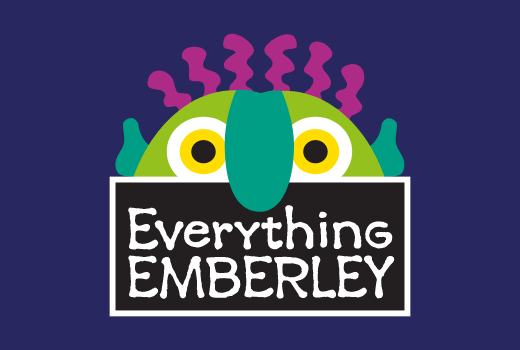Arto Paasilinna’s tragi-comical stories about life have seduced millions of readers around the world. Many of his stories show his affinity with nature, and especially the wilderness of his native Finland.
So far, just two of Paasilinna’s books have been translated to English: The Year of the Hare (1975) and The Howling Miller (1981). In both of these, the central figure is a man who rejects (or is rejected by) the provincial status quo of ‘everyday life’ and its inhabitants, finding solace, purpose and meaning by forging an ever-closer relationship with nature. Paasilinna’s heroes often engage in an innocent childishness, whether through a closeness to animals or the desire to follow one’s instincts, that is treated with much suspicion by a supporting cast of ‘everyday’ people.
“Anyone could live this life, he reflected, given they had the nous to give up the other way of life.”
— THE YEAR OF THE HARE
The landscapes of Finland’s wilderness, with its breath-taking rivers, endless trees, and ferocious wildlife, play host to this timeless conflict between nature and civilisation—with Paasilinna’s own preference made consistently clear. His characters are imprisoned by convention, until they summon the bravery to embrace an elemental way of life. While Paasilinna’s books are comfortable rendering the stark realities of survival, they often end on a note of magical realism; a mystical something unleashed when man and nature truly come together as one. Both the ending of The Year of the Hare and The Howling Miller are inconclusive and open-ended in this supernatural way—a raised eyebrow that suggests that there’s more of the story, and life itself, to come.



